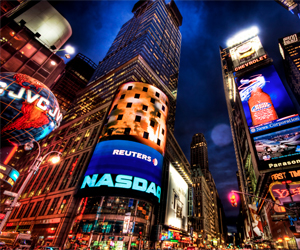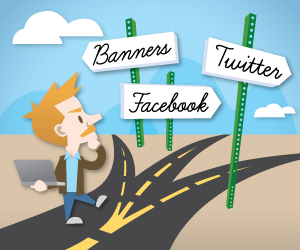
The Best Advertising Isn’t Advertising Anymore
For decades, advertising was a joyous place. Executives enjoyed two-martini lunches as they watched the ad dollars roll in. Ads were spread through every new medium—from print to radio to television. Ad agencies were held to vague benchmarks, and they promised massive exposure (as measured by metrics like number of print subscribers, average daily travelers passing by a billboard or number of television purchases) to the highest bidder. Brands blindly believed that these metrics (potential eyeballs) meant guaranteed success.
Advertising still is a joyous place, but for different reasons. Two-martini lunches are a thing of the past (or at least I’m not invited to them). But martinis aside, advertising in the post-advertising age is filled with amazing creativity and opportunities to constantly challenge the status quo, innovate and reach audiences with unique and authentic content.




